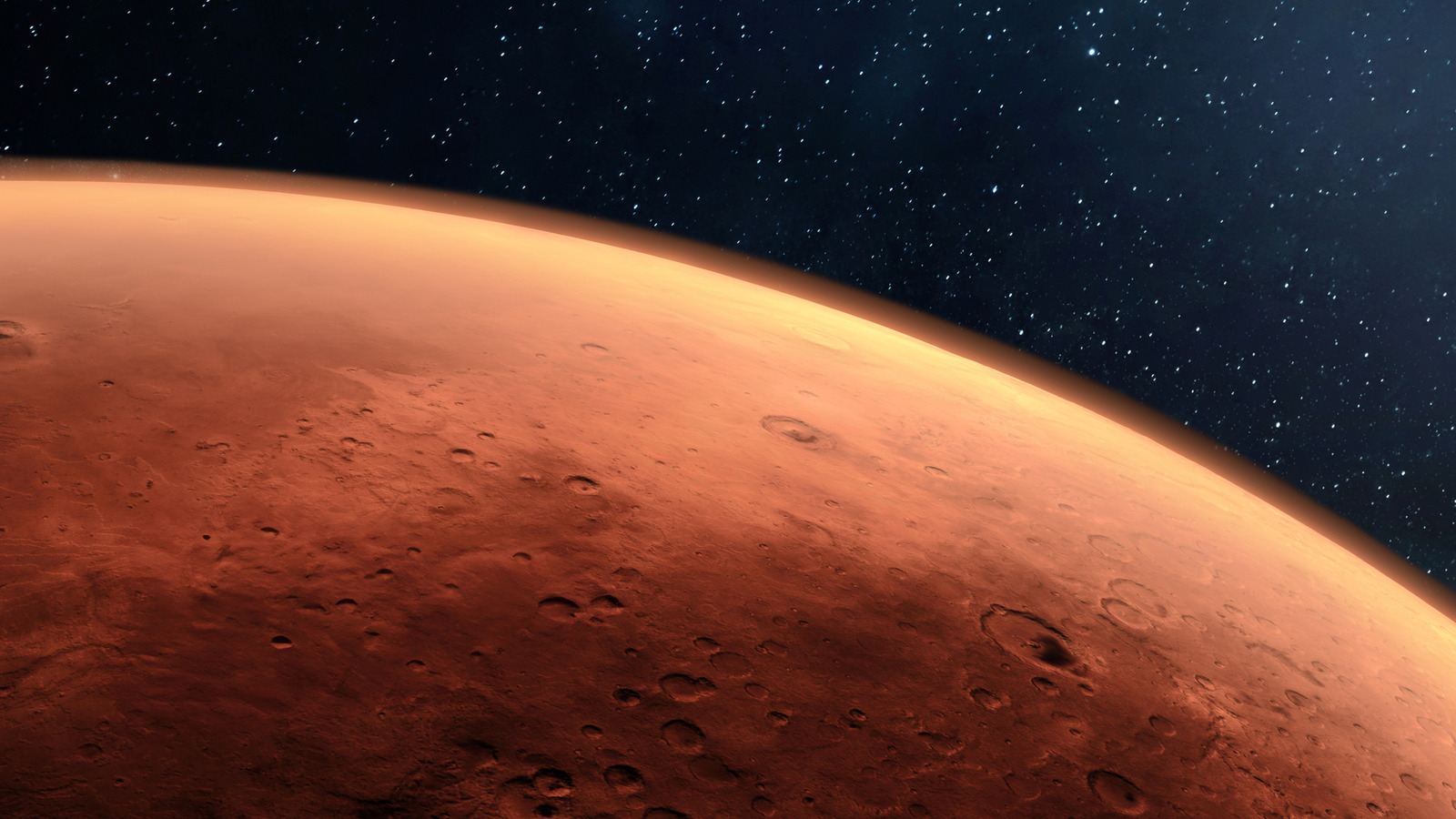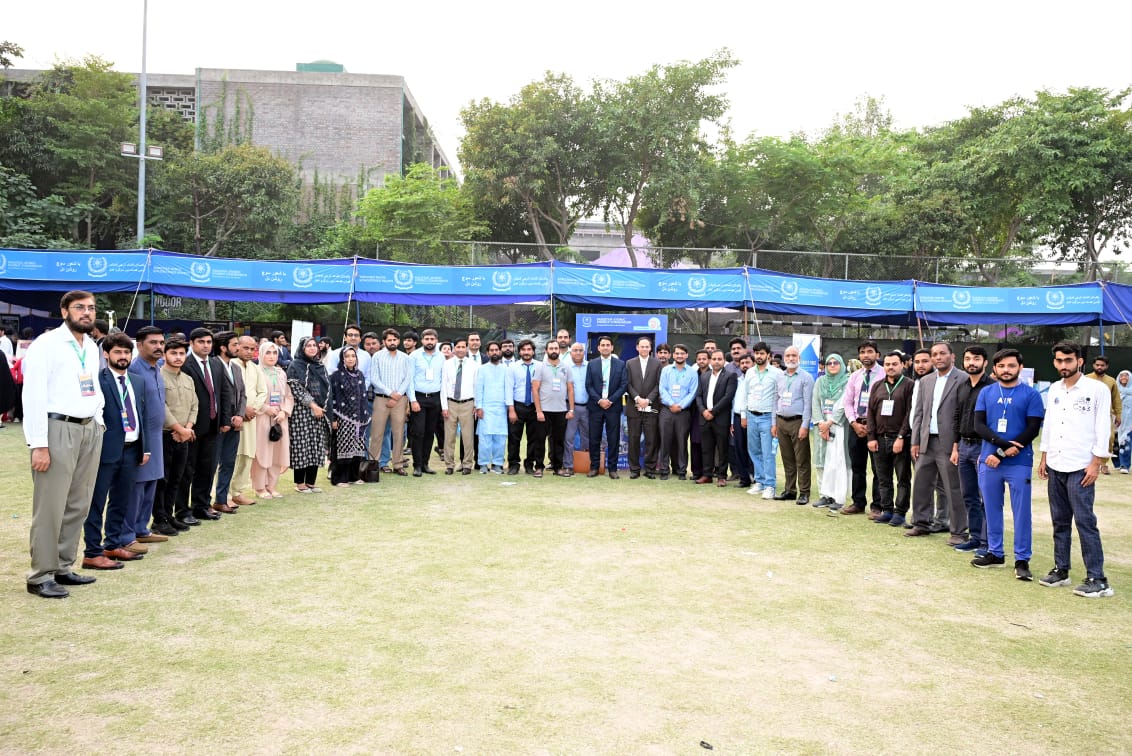Copyright BGR

Mars may look calm and barren from afar, but beneath its quiet, dusty red surface lies a surprisingly dynamic atmosphere. Despite having an atmosphere less than 1% as dense as Earth's, the winds on the Red Planet can reach speeds previously unimagined. Recent research published in Science Advances shows wind gusts and dust-devils topping 44 meters per second (around 100 miles per hour). This is much higher than earlier surface measurements suggested. These strong winds play a crucial role in shaping Mars' climate, moving dust across the planet, influencing weather patterns, and posing important considerations for Mars missions. Scientists have long known that wind is a major actor on Mars. The planet's surface is covered in fine dust and sand, and features like dunes and global dust storms testify to the power of moving air. The winds lift and move dust, which in turn affects how much sunlight reaches the planet's surface, how heat is distributed, and how water vapor behaves in a thin atmosphere. Understanding exactly how strong these winds can be, where and when they occur, and how they interact with dust is critical for building accurate climate and weather models of Mars. These models are needed for planning future exploratory missions that must contend with the harsh environment of the Red Planet. Studying winds on Mars poses singular challenges. Unlike Earth, where we can easily deploy weather balloons or satellite lidar for direct measurements, the Martian surface offers few fixed measurement points and a very thin atmosphere. On-site rovers and landers record local wind speeds, but can't cover the planet globally. To overcome this, researchers have turned to orbital imagery and advanced data-analysis techniques. In a recent breakthrough made by University of Bern researchers led by Dr Valentin Bickel of the Center for Space Habitability, a deep-learning approach was applied to over 50,000 satellite images from the cameras CaSSIS aboard ExoMars Trace Gas Orbiter and HRSC on Mars Express. The machine-learning algorithm identified dust devils, the rotating columns of dust and air that act as visible traces of otherwise invisible wind. Once identified, roughly 300 of the best stereo-image sequences were analyzed to track motion, calculate velocities, and map wind direction across the planet. The results were surprising. While past rover-based measurements typically showed wind speeds mostly below 30 miles per hour (and rarely up to 60 miles per hour), this global orbital dataset revealed near-surface winds associated with dust devils reaching up to 44 meters per second, or 100 miles per hour. These speeds were measured broadly across Mars, not just in a few localized spots. This means such strong winds are more widespread than previously assumed. Why does this matter? The strong winds mean more dust can be lifted off the surface, and dust plays a major role in Mars' climate. It absorbs sunlight and helps warm the atmosphere, influencing temperatures, air circulation, and storm development. Moreover, by using deep neural networks to combine imagery and extract wind proxies, scientists developed a new way of mapping Martian wind behavior at a global scale. Understanding winds on Mars isn't just about satisfying scientific curiosity. It has practical implications, especially for future landers, rovers, and eventually human missions. Robust knowledge of the wind environment helps mission planners design safe landings, durable equipment, and sustainable solar operations. In the future, winds and airborne dust must be accounted for when planning human missions to Mars. Everything can be affected by surface conditions, including habitats, power systems, in-situ resource extraction, and mobility platforms. Dust is a serious concern for surface missions. It can accumulate on solar panels, reduce power output, obscure instruments, and degrade mechanical systems. The Opportunity rover learned this first-hand during a global dust storm in 2018 when the mission was stalled due to sunlight being blocked for an extended period. Knowing when and where strong winds and dust devils form will help scientists anticipate dust hazards and plan cleaning or mitigation strategies. Landing site selection and hardware design can benefit from wind maps derived from orbital measurements. The new catalog of dust-devil tracks and inferred wind direction/speed from the University of Bern team gives future mission planners data-driven insight into the wind regime at candidate sites. This helps engineers model how wind might affect touchdown dynamics, how dust might move around the landing zone, and how often dust might settle on solar arrays or optical sensors. Finally, the new methodologies of mapping Martian winds via machine learning and dust-devil tracking will continue producing datasets to refine climate models and mission planning tools. As the research team noted, targeted observations of dust devils and stereo imaging will push the wind maps to higher resolution. The better we understand the wind regimes, the better we can build refined models of surface conditions, which is key for mission safety, performance, and longevity.



